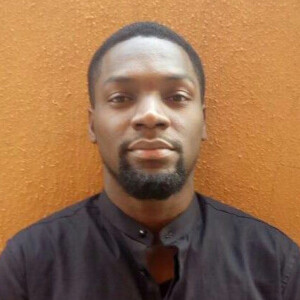Craig Wright Releases 164,000 Pages of Evidence in COPA Trial

On February 20, self-proclaimed Bitcoin creator Craig Wright submitted 164,000 pages of fresh evidence in his legal battle against the Crypto Open Patent Alliance (COPA). The ongoing trial has sparked increased scrutiny over Wright’s claim that he created Bitcoin.
Craig Wright Makes Good on Mystery Box Promise
On Tuesday, which marked the 13th day of the ongoing legal battle, Wright submitted new evidence to support his claim of being Satoshi Nakamoto, the anonymous founder of the Bitcoin network.
COPA vs CSW Trial
We are hearing that before the trial even started, the full trial bundle was 164,000 pages
What a huge waste of resources this nonsense is
— BitMEX Research (@BitMEXResearch) February 21, 2024
Skeptics argue that Wright’s submission of new evidence must be revised. They suggest that a single transaction of 150 bytes, signed by the Bitcoin creator, would resolve any doubts about his claim.
For context, the 150 byte transaction refers to the first transaction ever made on the Bitcoin network, known as the “genesis block.” This transaction is proof that the creator of Bitcoin, Satoshi Nakamoto, was actively involved in the network from its inception.
And a REAL proof of Satoshi would only be like 150 bytes in total, instead he produced a 160,000 page fake proof
— BitMEX Research (@BitMEXResearch) February 21, 2024
Wright’s new submission follows an earlier notice he gave the UK High Court of Justice on February 12 that he would submit a mysterious box full of old papers detailing his work that his wife discovered.
Malmi Refuses to Mention Wright and Satoshi In One Sentence
While the evidence was not yet addressed, the court continued its proceedings by calling Martti Malmi, an early Bitcoiner, to the stand.
Malmi stated he had spoken to Satoshi Nakamoto via email and IRC chat in 2009. He also served as the first handler of the Bitcoin.org platform besides Nakamoto in its early days.
Wright’s legal team cross-examined the early Bitcoin advocate to ascertain if he met the defendant on May 1, 2009, according to an earlier statement Malmi made. He dodged the question, stating that he spoke about Satoshi on that occasion and not the defendant, Wright.
W: "Why didn't you use IRC channels when you were exploring for peer2peer money originally"
M: "I use google for searching topics. IRC is like Slack"
W: "Your statement, you say you did not approach CSW in Feb but the 1st May 2009 do you say that?"
M: "I was talking about Satoshi— CryptoDevil (@CryptoDevil) February 21, 2024
Finally, Malmi was asked if Wright contacted him on forums, and he responded in the affirmative. He also revealed that he was unfamiliar with the Bitcoin network as a concept up until April 2009.
W: "You understand that CSW said he contacted you on forums about Bitcoin, yes"
M: "Yes"
W: "You hadn't spoken to Satoshi before his message on that forum."
M: "Yes I only discovered Bitcoin in April"
W: "How do you know that date?"— CryptoDevil (@CryptoDevil) February 21, 2024
Another witness called to the stand was Blockstream executive Adam Back. Back, who worked on the Bitcoin network in its early days, was questioned on his 1997 HashCash project by Wright’s attorney. In its original form, HashCash was focused on fighting spam mail by making it expensive to send them.
Wright’s legal team dwelt on the alternative use cases of HashCash, including a concept of creating a similar interface between it and Wei Dai’s B-Money.
Back dismissed this claim, saying Dai’s B-Money was the closest to being Bitcoin-like due to its reward system for solving cryptographic puzzles.
Back also wondered if Satoshi knew of counterpart projects like BitGold and B-Money when Bitcoin was created.
A: "I don't think Satoshi knew about Bit-Gold"
W: "That's not what CSW says. Here in your email with Satoshi 20th August Satoshi says to you 'I am getting ready to release this paper [citing HC] and I want to check it is ok] you say citation is fine and you reference Wei-Dei"— CryptoDevil (@CryptoDevil) February 21, 2024
If he didn’t, this would go against Wright’s position that Satoshi was aware of these contemporary solutions.









